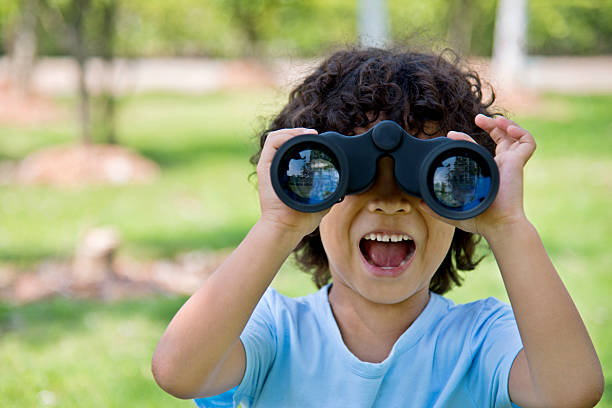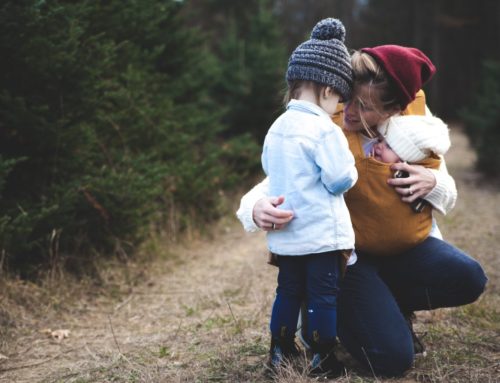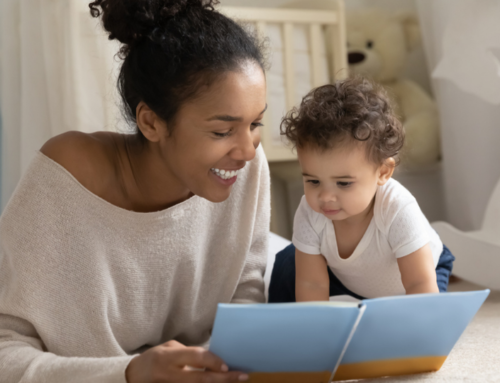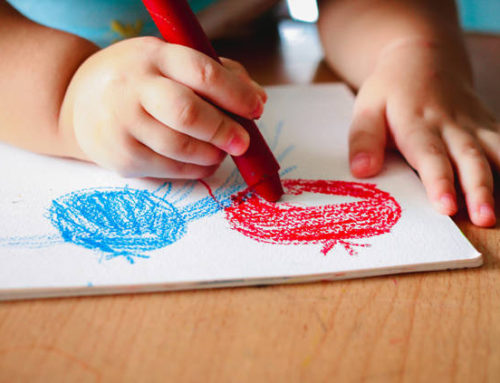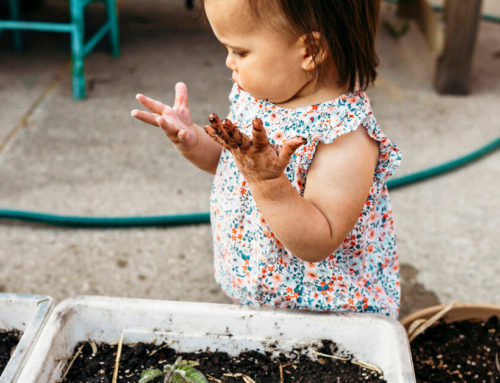From the moment our little ones make their appearance here on earth, they are naturally curious about themselves and their environment. Your tiny newborn baby will study your face and listen for your voice. Your drooly, hands-on-everything baby will put everything in his/her mouth in attempts to learn about shapes, textures and sizes, and your busy bee toddler will explore everything and anything at his/her disposal (much to our horror at times indeed). Why are babies naturally curious and wanting to explore? Well, this is the way that they learn, the way that they discover and figure out their bodies and the world around them. By touching, tasting, smelling, pouring, dropping, throwing, jumping etc., your little one is learning about the properties of objects, their bodily abilities, and the responses/reactions of others.
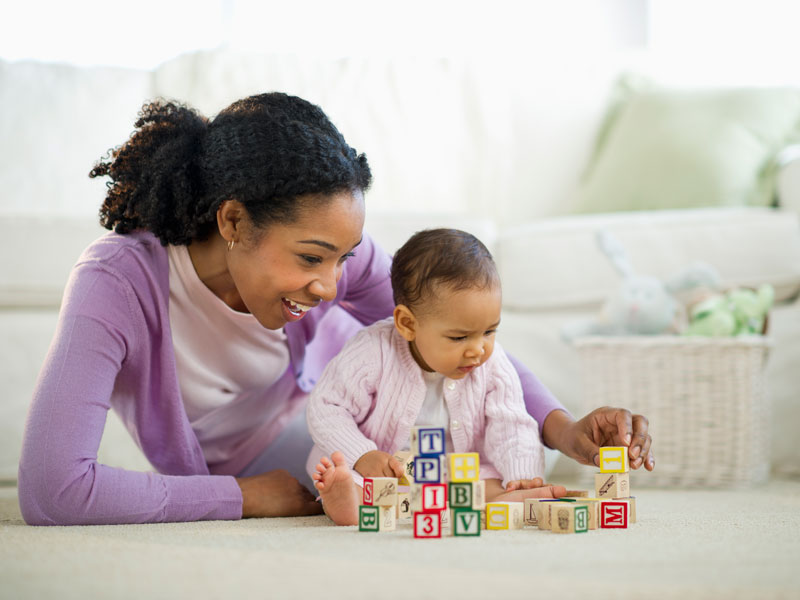
At the moment, we are enjoying our thinking development block at Nanny ‘n Me. Thinking refers to cognition – the ability to make sense of thoughts, experiences and senses. It also includes decision making, problem solving, reasoning and creativity.
At times, without realizing it, we may tend to limit our little one’s curiosity and ability to explore due to us not wanting to have to clean up a mess, or not wanting our child to play with certain things etc. However, its important to foster a sense of curiosity and exploration in order to help our little ones problem solve and reason appropriately. In addition, I think that we sometimes believe that enhancing our children’s cognitive development requires a huge amount of time and effort, but in fact, it’s more of a perspective shift in changing the way you approach play and the way you engage with your little one on a day-to-day basis. You can start by simply just giving your child the words to the questions they might want to ask. For example: “What does this do?” “What does this feel like?” “Will this fit inside here?” “Where did it go?” “What will happen if…” “Let’s try…” “How can I do this?” Not only are you helping them to think creatively, you are also giving them the language to help them understand how words symbolize thoughts.
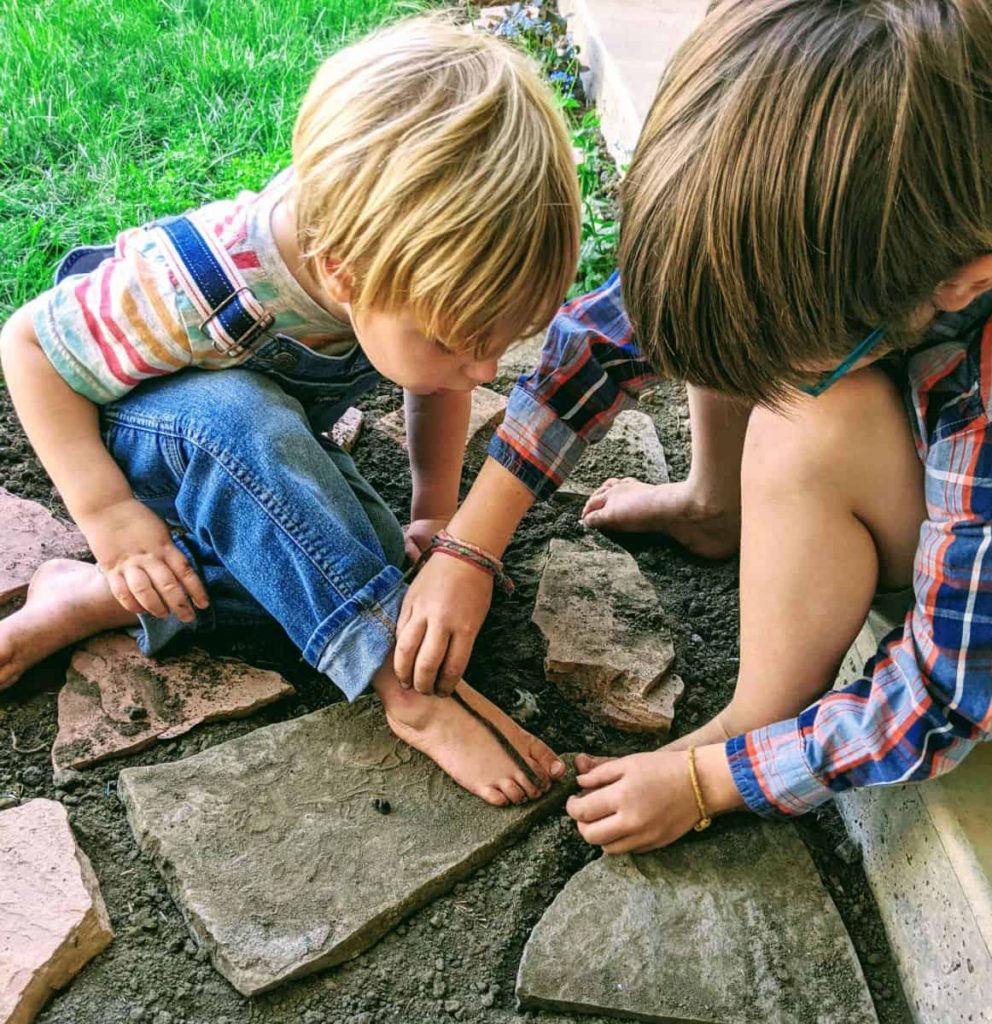
For our toddlers, it’s important to assist them with problem solving both in a concrete and abstract manner. For example, on a concrete level, you might be building blocks with them, and their creation comes tumbling down. This is good opportunity to explain to them why this happened and help them problem solve ways in which to do it differently next time. On an abstract level, we can talk about our feelings and problem solve those as well. “I see you are angry and wanting to throw things. It’s not okay to throw our toys, what can we throw instead?” or “I know it’s tough not to get want we want, what can you do now to help yourself calm down? Where could we go? Is there something I can help you with?”
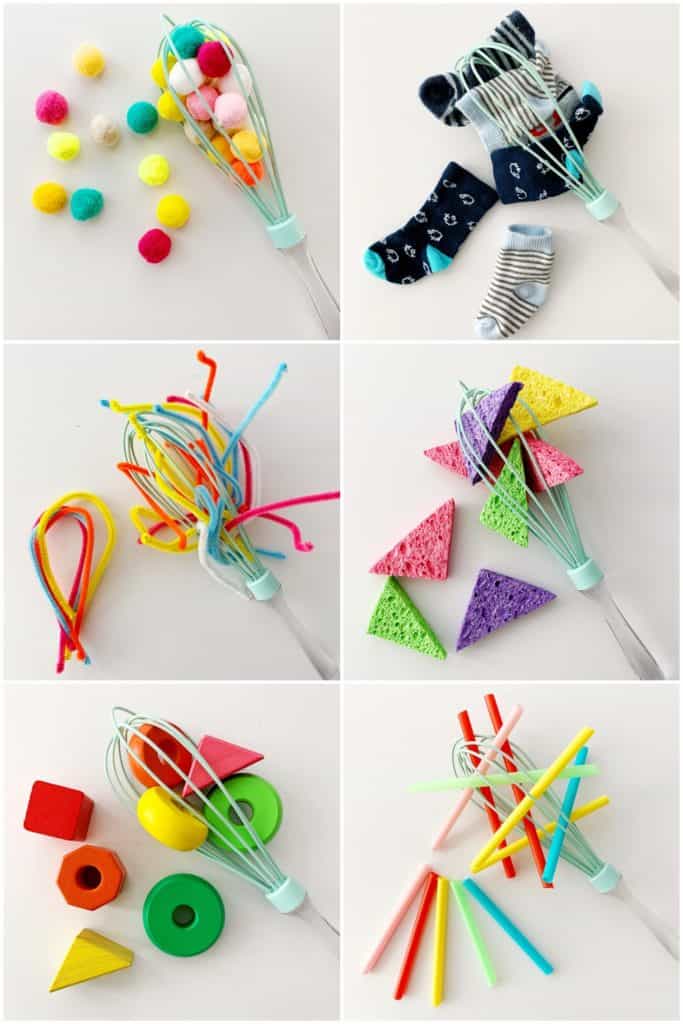
Some activities/play ideas that naturally lead to curiosity, exploration and problem solving include:
- Water play/sand play with various kitchen utensils
- Playdough with various objects
- Building blocks
- Plastic animals hidden inside various sensory mediums (i.e. cooked spaghetti, coloured rice, shredded paper)
- Baking
- Gardening
- Pretend play games such as ‘doctor-doctor’
- Unconventional play with toys/random household items (i.e., sticking pom poms inside a whisk and hiding them under plastic cups etc.)
- Outdoor play (obstacle course building)
Our little one’s brains are growing and being shaped everyday by repeated exposure to play and loving relationships. What they are learning now structures the architecture of the brain and forms the foundation from which all future learning will take place. The pathways in the brain that are most used form the strongest connections and the ones not used end up dying off. Let’s encourage curiosity through play and learning, let’s inspire our little ones to explore and figure things out, and let’s assist them with problem solving to wire their brains creativity, allowing flexibility and out-of-the-box thinking.
Written by Courtney Mercer
OT and Mom of two
We have also included for you some important information regarding how to help your little ones learn various concepts and in what order to do so:
The 3 steps of thinking development in order:
1. Matching
– 🚙🪀 looking at the colors and matching them by vision.
2. Identifying
– 👆Asking them “Where is the green car?” for example, and then they point to it.
3. Naming
– 🗣️ Asking them “What colour is this car?” and then they tell you that it is green.
(This is the same for colours, shapes, numbers etc.)
In terms of concepts, kids learn them in this order:
1. Colours
2. Shapes
3. Size
4. Counting
5. Numbers
6. Letters
This is the order kids learn colours in:
1. Primary colours ❤️💙💛 (red, blue and yellow)
2. Secondary colours 💜🧡💚 (purle, orange and green)
3. Other rainbow colours and shades of each colour ⬛🟪🟨🟩⬜🟥🟦🟧🟫
This is generally the order that they learn shapes in:
1. Circle⏺️
2. Square⏹️
3. Triangle🔼
4. Other every-day shapes like 💙⭐🌜
5. Rectangle
6. Oval
(Note: Children often confuse triangle and rectangle because they sound similar. So try not to teach them these 2 shapes at the same time.)


